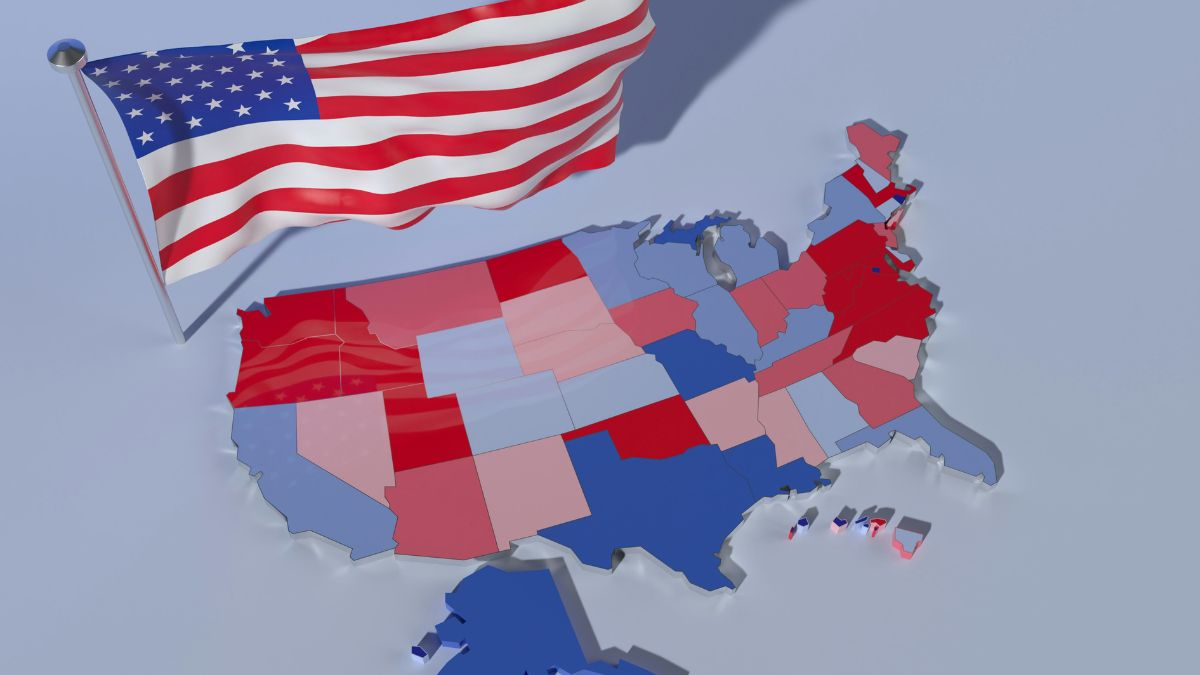The Republican party’s association with red and the Democratic party’s association with blue is a widespread phenomenon in American politics, but have you ever wondered why these specific colors were chosen? The answer lies in a combination of history, symbolism, and strategic marketing.
Historical roots
The origins of the color association can be traced back to the early 20th century, when political cartoons and newspapers used red and blue to represent different political ideologies. Red was often used to symbolize socialism, communism, and left-leaning ideologies, while blue represented conservatism and right-leaning ideologies. This color scheme was inherited from European political traditions, where red was associated with the labor movement and blue with monarchical and aristocratic interests.
In the United States, the Republican party emerged in the mid-19th century as a coalition of anti-slavery and pro-union forces, while the Democratic party had its roots in the agrarian and populist movements. Over time, the Republican party became associated with conservatism and the Democratic party with liberalism. The color coding we are used to today didn’t stick until the iconic election of 2000, when The New York Times and USA Today published their first full-color election maps, which depicted Republicans as red and Democrats as blue.
Symbolism and branding
Red is often associated with passion, energy, and strength, which aligns with the Republican party’s emphasis on individual freedom, limited government, and a strong national defense. The color red also evokes feelings of urgency and warning, which can be leveraged to mobilize voters around issues like national security and economic growth.
On the other hand, blue is often associated with calmness, trust, and stability, which aligns with the Democratic party’s emphasis on social justice, equality, and government support for the vulnerable. Blue also connotes a sense of unity and solidarity, which can be leveraged to mobilize voters around issues like healthcare, education and welfare.
Strategic marketing
In the 1980s and 1990s, political consultants and marketing experts began to exploit the color association more deliberately. Republican strategists like Lee Atwater and Karl Rove capitalized on the emotional resonance of red to create a sense of excitement and momentum around Republican candidates. Meanwhile, Democratic strategists like James Carville and Paul Begala leveraged the trustworthiness and stability connoted by blue to create a sense of comfort and reliability around Democratic candidates.
Today, the color association is deeply ingrained in American political culture. Political campaigns, media outlets, and even voters themselves perpetuate the red-blue dichotomy, often unconsciously. The colors have become shorthand for complex ideologies and values, allowing voters to quickly identify and affiliate with a particular political tribe.
The message behind the colors
The Republican party’s association with red and the Democratic party’s association with blue is a rich and complex phenomenon, rooted in history, symbolism, and strategic marketing. While the colors themselves are arbitrary, the meanings and emotions they evoke are deeply ingrained in American political culture. As political polarization continues to intensify, the red-blue dichotomy will likely remain a powerful force in shaping American politics and identity.

